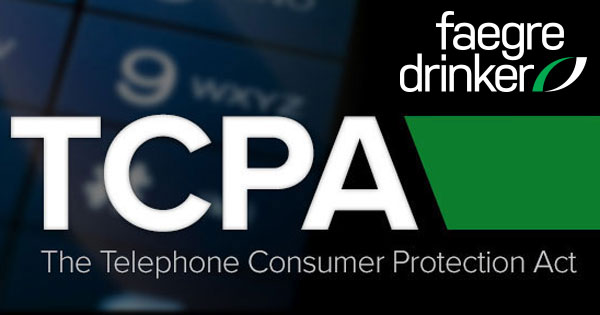On July 12, 2018, the Northern District of Ohio dismissed a complaint that failed to “allege any facts that [the defendant] uses a system that has the ability to store or produce telephone numbers to be called using a random or sequential number generator.” Lord v. Kisling, Nestico & Redick, LLC, No. 1:17-CV-01739, 2018 WL 3391941, at *3 (N.D. Ohio July 12, 2018). It is the latest court to follow the lead of the D.C. Circuit’s ruling in ACA Int’l v. FCC, 885 F.3d 687, 692 (D.C. Cir. 2018), that vacated the FCC’s interpretation of automatic telephone dialing systems (“ATDS”).
In the class action complaint, the plaintiffs alleged that they received a single text message from defendant Kisling, Nestico & Redick (“KNR”) after they were involved in separate automobile accidents. The content of the text messages referenced their automobile accidents and advertised KNR’s legal services. Plaintiffs further alleged that KNR obtained telephone numbers from individuals involved in automobile accidents from police reports and inputted those numbers into an auto-dialing system that “have the capability and/or functionality to launch mass and bulk messages in seconds.” Id. at *1. That system in turn would send the text messages advertising KNR’s legal services. Id. They further alleged that the messages were sent using a short code “which is used for bulk and mass texting which indicates the use of an ATDS.” Id.
The court found that the plaintiffs failed to allege any facts about the system’s current ability to store or produce telephone numbers using a random or sequential number generator. In other words, the plaintiffs’ allegations that the equipment can be modified or programmed to generate or dial random or sequential numbers are no longer sufficient after ACA Int’l. Id. at *3. It further noted that in light of ACA Int’l “the fact that KNR’s system may be capable of sending bulk or mass messages without human intervention is irrelevant.” Id.
This decision highlights that courts, after ACA Int’l, are no longer willing to find allegations relating to the dialing equipment’s potential functionality for generating or dialing random numbers plausibly allege an ATDS was used.

